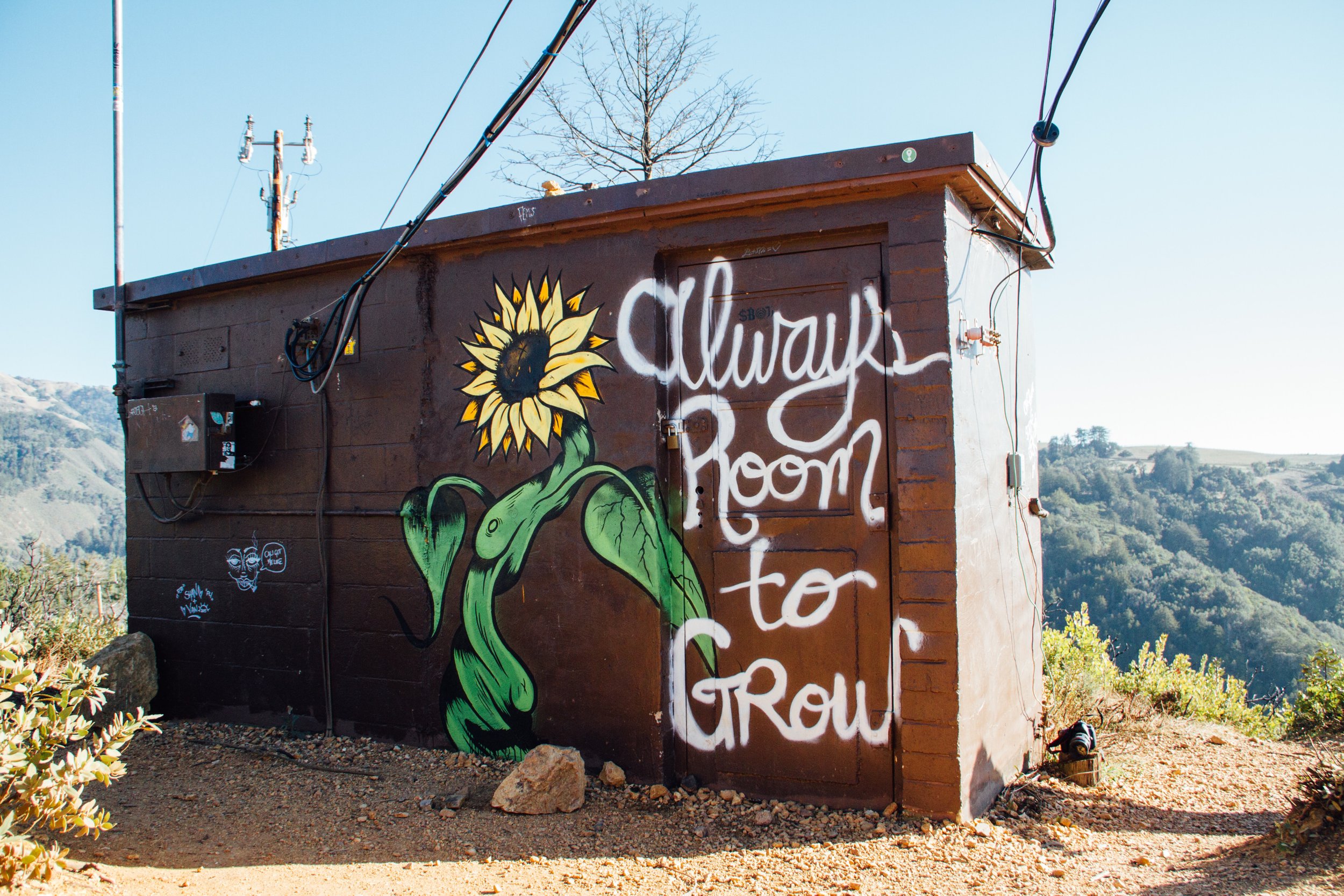
Resources and information for and about youth involved with drug use
“Child-centred harm reduction is the study and practice of reducing the health and social harms to those under the age of 18 due to their own drug use, parental or family drug use, or related laws and policies.”
Safety First developed by Sasha Simon from the Drug Policy Alliance is the U.S.'s first harm reduction-based drug education curriculum for adolescents and their parents.
Research & Resources
Child-Centered Harm Reduction
This commentary discusses “Child-Centred Harm Reduction as the study and practice of reducing the health and social harms to those under the age of 18 due to their own drug use, parental or family drug use, or related laws and policies.”
Teaching Children How to Reverse an Overdose
“It’s sad for our community, for our country, for everyone, that it’s come to this,” said Ms. Williams. “But I feel like if we didn’t do the training, it would be a disservice to the kids themselves.”
You(th) Can Prevent Overdose: A Toolkit
Developed by Sullivan County Anti-Drug Coalition in Tennessee: “Administering Naloxone, and potentially saving the life of a family member or friend, is considerably less traumatic, even for young children, than being unable to do anything as a loved one dies from an overdose.”
Harm Reduction Considerations for Adolescents and Young Adults
This article discusses the need to utilize harm reduction efforts among adolescent populations due to the rise in substance-use associated harms in this population, such as data overdoses and HCV diagnoses.
Students are being trained in how to use the overdose reversal drug Narcan
With teen deaths from opioid overdoses on the rise across the country, schools are teaching their students to use the simple life-saving medication Narcan.
Harm reduction calls to action from young people who use drugs
“Young people use drugs for reasons that are often highly logical given their lived realities, and the need to reduce harms among YPWUD is clear. Despite this, harm reduction services, programs, and sites do not sufficiently meet the needs of youth.”




